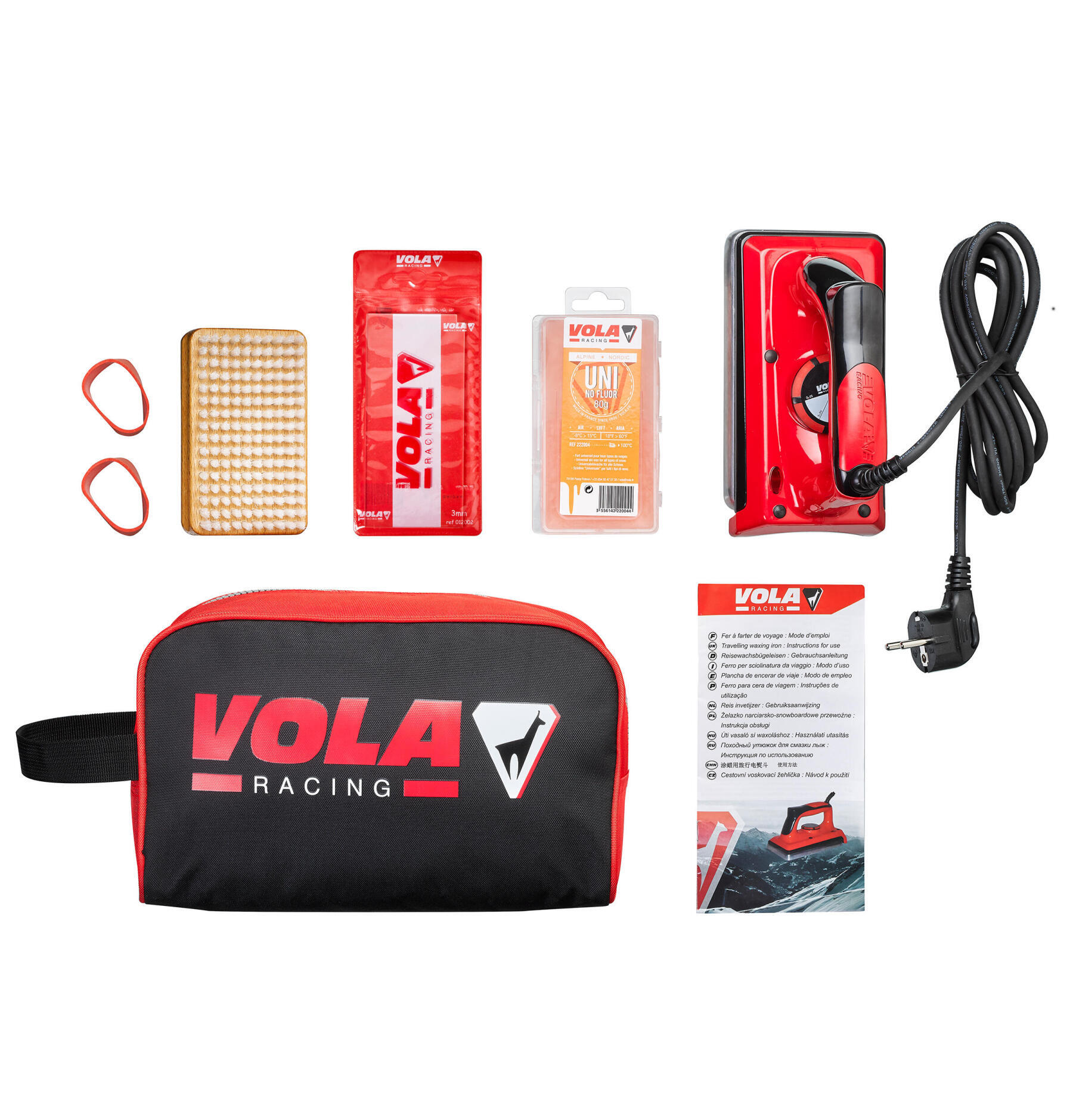Here are the 3 essential steps for a proper maintenance of your skis:
1- A deep clean
2- Sharpening following the rules
3- A thorough waxing

Taking care of your skis means guaranteeing them a longer lifespan and better performance during gliding sessions.
1- A deep clean
2- Sharpening following the rules
3- A thorough waxing

The ski base is put to the test: stones, dust, tar and wax residue, it is essential to rid the base of these impurities before waxing it, otherwise they will remain encrusted in the base.For this, nothing better than anapplication ofwax remover.

Skiing with good edges is essential to enjoy the pleasures of skiing safely. We recommend that you go and see professionals, like those in the Decathlon workshops, who will perform a sharpening procedure adapted to your level.
You can also, with the help of'a tuning tool, go over the edges from the tip to the tail, with regular movements. Again, do not hesitate to go to a Decathlon workshop to ask for advice, we will be happy to help you.

Waxing is used both to maintain and protect your base but also to ensure a better glide.
To carry out this operation you must havea waxing iron, awax cake, aplastic scraper and a nylon bronze brush. To block the skis, you will also needa workbench with vice.
The waxing iron, once heated, allows the wax to melt slowly and deposit drops on to the base. It is then a question of distributing it carefully using the iron. Be careful, avoid leaving the iron on the same place for several seconds, otherwise the base will be damaged! Once the rest time has elapsed (at least 30 minutes), you can scrape off the wax to remove the excess, then finish by passing the bronze nylon brush.
If you prefer to entrust the maintenance of your skis to professionals, go to the specialized workshops in the Decathlon stores, where a dedicated team will take care of your equipment.
Also, don't hesitate to ask them for advice on choosing your wax, the frequency of maintenance, and any other questions you may have about your ski equipment.
In order not to be bothered by the toxic fumes given off during the operation, install yourself in a well-ventilated room.
The types of wax to be used depend on the type of snow, outside temperatures and the type of practice (special wax for a competition for example).

Yellow wax
For temperatures between-6°C and +20°C
Ideal for warmer days

Universal wax
For temperatures between -8°C and +15°C
Versatile wax
Adapts to all conditions.

Red wax
For temperatures between -14°C and -4°C
The action duration is more important

Blue wax
For temperatures between -25°C and -12°C
For colder days
Considered as an extra wax designed for short durations

Competition waxes
More concentrated in surfactants
Réserved for professionals
From cleaning to waxing and sharpening, ski maintenance can be carried out by everyone provided that they are well equipped and trained by professionals. If you do not wish to do it yourself, go to your Decathlon workshop to entrust your equipment to us, technicians will pamper your equipment.
To be well-equipped:
You now know the steps to follow to properly maintain your ski equipment. Do not hesitate to come to the Decathlon Workshops, we will be able to advise you and take care of your equipment to get you the best in winter sports.

Head of Workshop